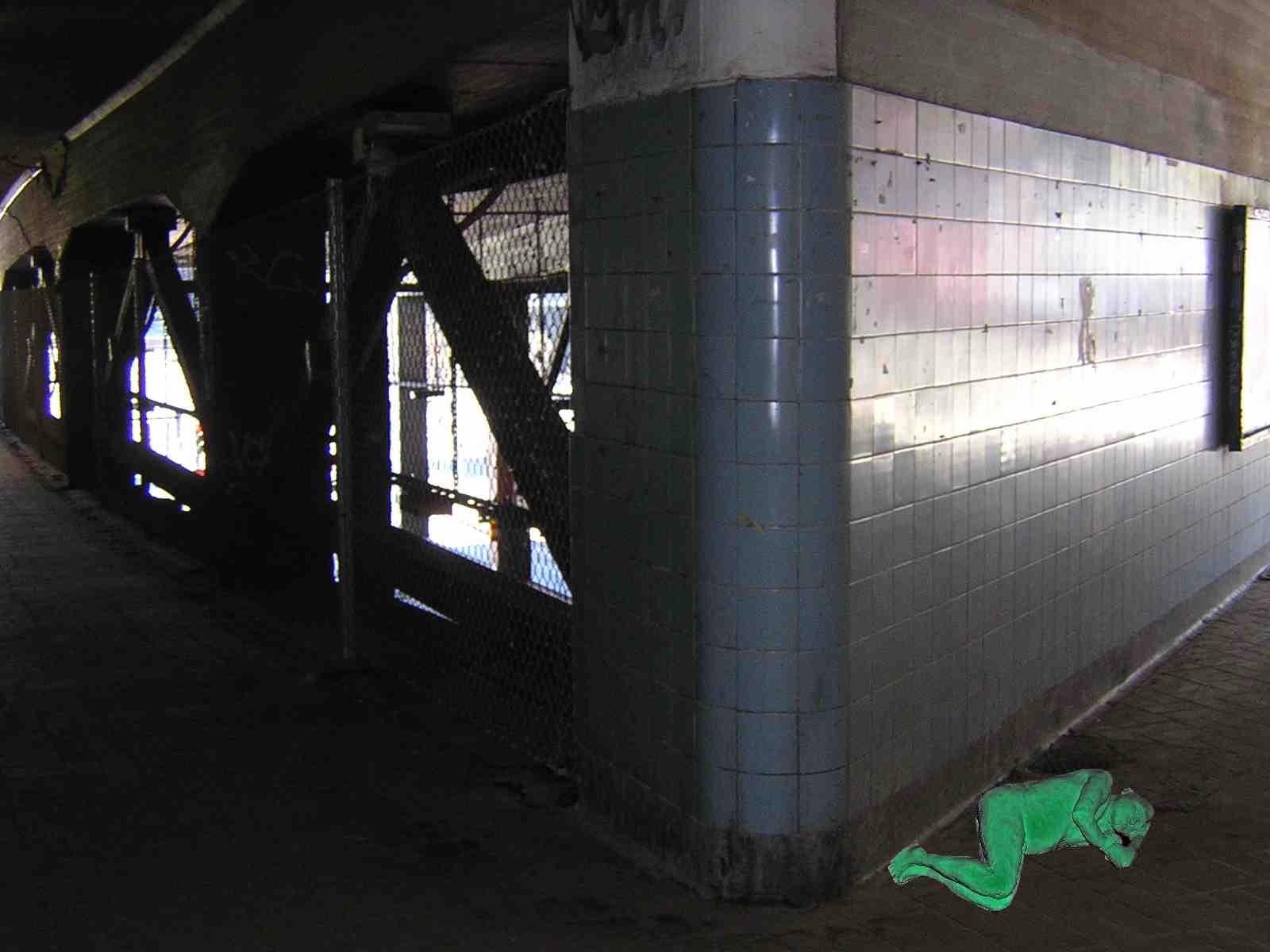
News | Godparentship | Man as the place | Observations | Archive | Contact | Press| Links | Anna Hesselgren | Home
Man as the place
“ Man grasps a light in the night, dead for himself with extinguished eyes,
grasps the dead in his sleep, with extinguished eyes,
the awoken grasps the sleeping ".
Fragment 26, Heraclitus
" This beautiful and obscure passage is perhaps the fragment that deepest has fascinated and confounded its
readers.The ambiguity concerns what kind of scene really is described and what it is possibly an image of.
We want to propose a reading based on a uniform understanding of the three moments which may not be
taken neither as a physical or mental grasping but rather as a name for the opaque transition that is to
be found also in many other fragments.
Man is not primarily the active agent behind this transition, but rather the place where it occurs.In the
night he touches the light, in the sleep the dead, awake the sleeping.
All these changes are transitions or meetings between two mutually exclusive conditions that simultaneously
meet. The meeting itself is elusive, there is only a grasping."
The above translated from " Herakleitos Fragment ", Hans Ruin och Håkan Rehnberg, pp. 64, 1997.
The beauty in this interpretation of the fragment lies in the thought that man is the place where there is a
processing going on and where the transition between the different states life - death, awakeness - sleep
takes place.
Historical facts:
Sometime around the year 500 BC the royal son Heraclitus from Efesos wrote down his thoughts in
a book that he, according to legend, deposited in the temple of Artemis.
The book disappeared already in ancient times, nobody knows exactly when.
All we have left is fragments from 300 BC and the last from 1100-century AD.
To take place in the public domain
The definition of the public space is intimately connected with our ideas about how it is to be a human being
and what kind of community we should seek. When you give the city to public events etc. it contributes to a
democratization of the survival and expansion of the civilisation.
The public space is our common room. Despite that it is conditioned by given laws and rules.
By putting out an object out of new and different conditions is to make an intrusion.
The outplacement becomes the provocative act. It's a way to investigate the public space and create issues.
Is it really public and for everyone? By seeing how long the object is allowed to remain on it´s place you can
understand how public the space really is. Is the public seen as something own privately?
The actual artwork is the action and the reception, not the artobjects in themselves.
The space in between, the context is the artwork.
The objects become coordinates for a while and they contrasts to each other as they are site specific.
In that way they mirror the city in two levels, first the singel object that reflects a specific place,
and then the objects that interact and shows the whole city.
Background
The project StillAlive - Man as the place was born as part of an artistic work. The male model was in his silence
as a kind of still life and still alive. Out of that came a series of collages about the human fragility and how to
overcome that fear.
The work proceeded in a more comprehensive phase of existential nature about everybody’s vulnerability,
loneliness and homelessness as parts of our common basic conditions in life. A project about our need to be
seen but also about our responsability for each other. Out of this was born the idea of a figure to place in
the city, one literally exposed and naked human being. Glowing in the night. A figure to remind us about our own
basic lifeconditions.
How the negative picture of the homeless can become positive
It is when the public sphere is represented as an organic entity that the homeless- the intrusive figure -
is percieved as distracting from the outside.
The homeless becomes then a postive incarnation of the element which prevents that the society reaches
secrecy. In that way the negative picture of the homeless becomes positive. The presence of the homeless
reveals the simultaneous presence where the power was previously obscure. The homeless points therefore on
the city's true character.